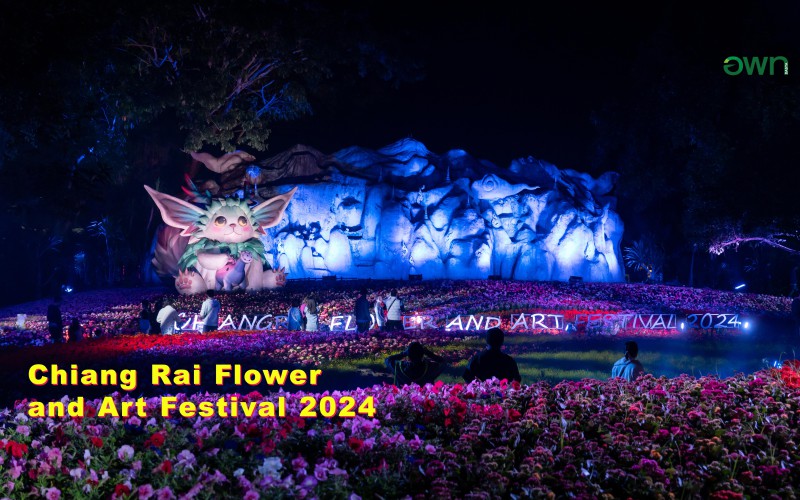Experience the Gastronomic Tourism
If talking about one of the most popular tourism trends nowadays, a lot of people may think of the gastronomic tourism because traveling and food always come together. The gastronomic tourism is in the spotlight as it allows the tourists to learn and experience local ways of life, cultures, and traditions of a certain community through the food they consume and their cooking methods.

Since one third of the travel expenses are spent on food, the Designated Areas for Sustainable Tourism Administration (Public Organization) or DASTA has realized the importance of the gastronomic tourism and used it as a tool to improve the communities’ potentials in increasing and distributing incomes throughout the communities. The incomes derived from food businesses and selling local products and services are on the radar of this gastronomic tourism plan due to the fact that the tourists are heavily spending on food and food-related products while traveling.
Group Captain Athikun Kongmee, director of the Designated Areas for Sustainable Tourism Administration (Public Organization) or DASTA, has revealed that local culinary skills are considered as unique cultures of each community. The local dishes of each community and their cooking methods are different depending on types of ingredients and how they are used in the dishes. DASTA, therefore, has developed a “Gastronomy Program” which consists of gastronomic travel routes and activities in designated areas and tourism development areas under DASTA’s responsibilities.
Since every community has its own local dishes made from locally sourced ingredients, these menus can be elevated to be part of a gastronomic tourism activities for the visitors to cook, taste, and create new menus by using the ingredients found in the community. The main objective of the gastronomic tourism activities is to create experiences for the visitors through various activities by using food as a medium to connect everything together. The examples of these activities include cooking local dishes, making local souvenirs, and visiting sources of ingredients used in the local menus.

Additionally, DASTA has educated the local people in the communities about plating and serving food which can add more values to the local dishes. Most importantly, the gastronomic activities have helped create jobs and a distribution of incomes in the communities and neighboring areas due to the buying and selling of local ingredients. Organizing these activities also helps conserve and continue local cultures, traditions, and beautiful ways of life to be with the communities forevermore.
“Every activity has been carefully designed by using the local knowledge, ways of life, and cultures of each community. We have educated the communities about an effective management system and how to make an interesting presentation. As a result, the communities are able to arrange the activities for the visitors to learn and experience things first-hand which make them feel impressed. Once the visitors feel impressed, it will create a word of mouth and they will re-visit. Their family and friends will also re-visit. This is a sustainable way to generate incomes for the communities,” added Group Captain Athikun.

There are a number of gastronomic travel routes in the country. For instance, “Khao Chae” (cooked rice soaked in iced water served with assorted savory sides) of Petchaburi province which derives from a local cuisine of Mon people, “herbal spotted babylon” which is a famous dish of Ban Khan Na Yao Community in Trat province, and “Phulae Pineapple Pie” from Chiang Rai province. Apart from that, there are also seafood and other processed seafood products from Chanthaburi and Trat provinces as well as other travel routes in development to cater to the needs and appetite of the visitors.



 Share
Share




